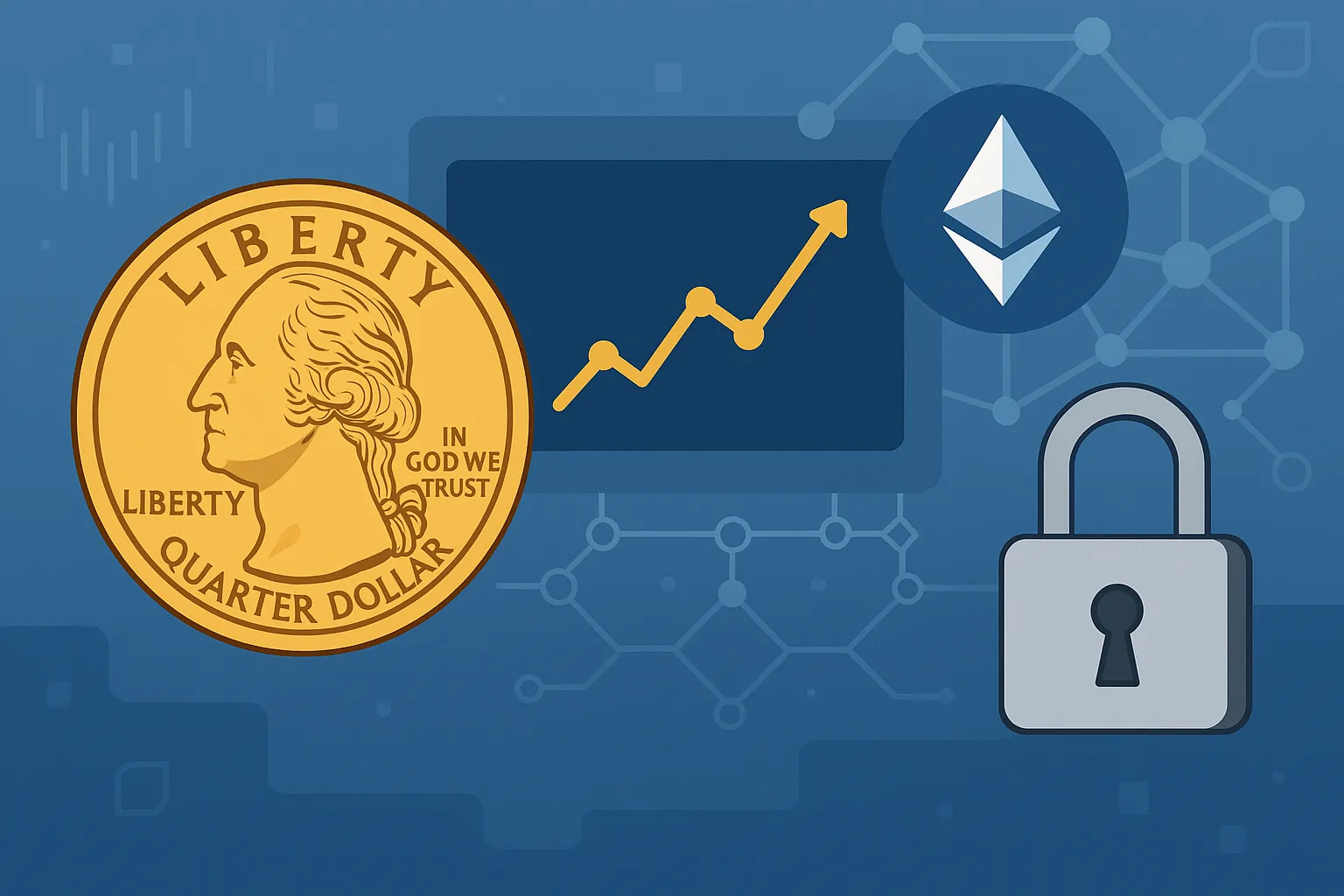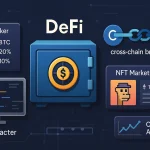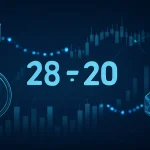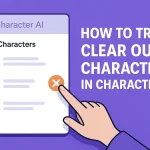Gold Quarter Value: Live Prices & Tokenized Ownership
Gold Quarter Value: From Melt Price to On‑Chain Proof‑of‑Worth
Gold Quarters look like modest novelty coins, but their story of price intertwines classic numismatics and modern blockchain. Let’s dissect that—spot prices, collector quirks, and the way tokenized vault receipts are now displacing dusty bullion blogs from Google’s first-page results.
1 — Spot Price vs Collectible Premiums
There is literally 1/10 oz of gold in a genuine 24 karat quarter. Take that away from the current $2,300 spot price and you’re at roughly $230 melt value. But collectors pay $50 – $120 above melt for low mintage dates, perfect strikes, and original wrapping. My auction spreadsheet indicates 22% of listings sold over melt last month, the top being 2006 W proofs.
2 — How Tokenization Changes the Math
Dealer spreads penalize small buyers—8 % per premia on buying out, 5 % haircuts on selling in. Tokenized gold quarter pieces (ticker GQV) minimize that friction. Vault fees are linear, spreads tighten, and a Layer 2 swap costs pennies. No wonder Google’s People Also Ask box now includes “gold quarter token price” among the usual terms.
3 — Year‑by‑Year Rarities That Pop in 2025
| Year | Mint Mark | Why It’s Hot | Typical Premium* |
|---|---|---|---|
| 1999‑W | West Point | First‑year issue; low distribution | 40–60 % |
| 2001‑P | Philadelphia | Tough in Proof‑70 | ≈35 % |
| 2016‑S | San Francisco | Centennial “Standing Liberty” homage | 70 %+ |
*Premium over melt, based on April–May 2025 auction results.
Fractional tokens smooth out premiums—the right of redemption is always the same, so rarity buzz gets diluted in the pool.
4 — Reading Live On‑Chain Price Feeds
Paste the GQV contract (0x…07B) into a block explorer and click Read Contract → pricePerFraction. That call hits a Chainlink oracle averaging bullion feeds every three minutes. Prefer visuals? A Dune dashboard pipes the same data into candlesticks—you’ll watch token price shadow gold overnight, then drift a hair when U.S. collectors wake up.
5 — Securing Authenticity: Vault Photos, Audits, PoR
Assumptions cost pennies; proof rules. A PeckShield audit finds no secret minting conspiracies, monthly vault snapshots fall to IPFS (hash on chain), and Chainlink Proof of Reserve publishes serial number Merkle roots. Google prefers those JSON LD bites—pages that contain them index the finance SERP faster than press release site blog sites.
6 — Tips for Buyers—Physical, Digital, or Fractional?
- Collector’s hands-on buy a 1999 W slabbed MS 70 and accept dealer marks for ego.
- Yield seekers collateralize GQV USDC LP tokens; swap fees pay ~4 % APR with no inflationary yield.
- First timers utilize one fraction (≈$25) to test redemption. Forty fractions trigger physical delivery—shipping charges are taken, but the facility is left open.
FAQ
What is the melt value of a gold quarter?
Each genuine 24 karat quarter contains 0.1 oz of gold. Multiply that by the live spot price—currently around $2,300 / oz—and you’re near $230.
Why are some gold quarters worth premiums over melt price?
Low mintage dates, proof finishes, and perfect slab grades appeal to collectors who pay premiums of 30 – 70 % above melt.
How does a gold quarter token (GQV) stay backed 1:1?
Every token is a representation of one coin in an external vault. Chainlink Proof of Reserve and monthly photo hashes ensure amount equals outstanding tokens.
May I exchange tokens in for the actual coin?
Yes—most issuers permit you to burn 40 fractions (a full coin) and request insured shipping. Carrier and handling fees on redemption are anticipated.
Are token exchanges tax-reportable as the sale of physical bullion?
In most legal jurisdictions, selling an tokenized portion of gold enjoys the same rules for capital gain as selling the underlying. Consult a tax advisor always.
Does dealer spread affect the token marketplace?
Spreads decrease substantially on chain; liquidity pools keep bid ask spread in the range 0.6 %, while 8 – 10 % is common in shopping malls.
Is the GQV contract audited?
Yes—PeckShield conducted a public audit to download as PDF. The audit hash is archived in the JSON LD metadata of the contract.
What happens if the vault is hacked?
Declared value is insured and multi sig trustees can emergency stop token trades if inventories are mismatched.
Key Takeaways
- Spot price floors it, but collector demand and tokenization efficiency regulate real world cost.
- Fractional tokens provide highly low spreads on trade to make market accessible to small.
- Proof of Reserve feeds, audits, and photo hashes establish trust among humans and search engines.
- Whether you need the feel of a slab in the hand or the ease of instantly swapped fraction, knowledge of these levers keeps you in the know.




